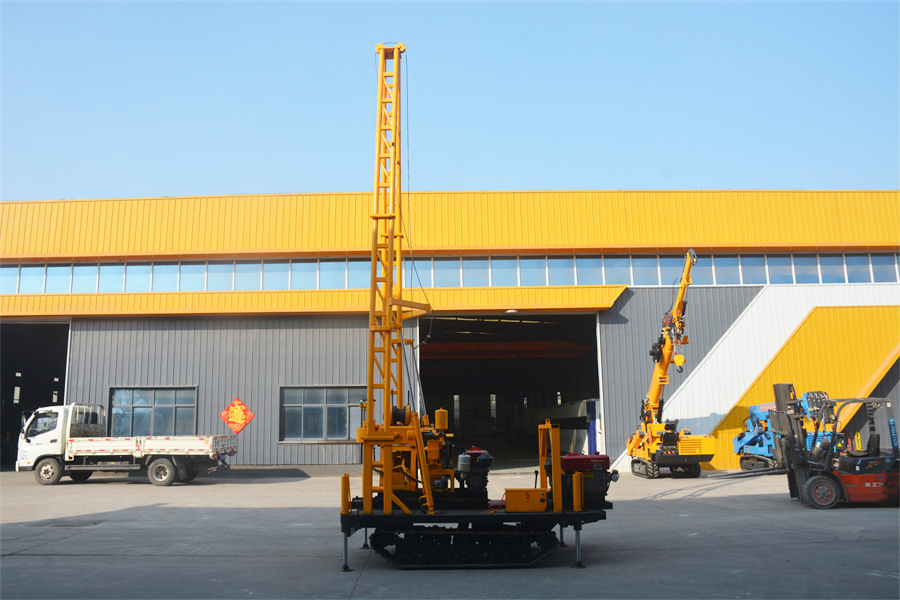What is the purpose of a geological exploration coring drill?

Geological exploration core drilling rig is a mechanical equipment specifically used for drilling cylindrical complete samples (i.e. "rock cores" or "soil cores") of underground rocks or soils.
Its core function and purpose can be summarized as:
Obtain complete geological samples:
This is the most fundamental difference between it and ordinary drilling rigs. Ordinary drilling machines (such as impact drills and rotary drills) mainly drill holes, producing only broken rock debris (rock powder or fragments).
The core drilling rig uses a hollow drill bit and a core tube. During the drilling process, the cutting edge on the outer side of the drill bit breaks the rock, while the cylindrical rock in the center is preserved and fully contained inside the core tube. Finally, this cylindrical rock (core) was extracted to the surface using specific methods such as cutting and pulling.
Conduct detailed geological analysis:
The complete core obtained provides the most direct, authentic, and informative underground geological information.
Geologists and engineers can:
Observation of stratigraphic sequence: Clearly observe the vertical sequence, thickness, and contact relationships of different rock layers (such as sandstone, shale, limestone, coal seams, and veins).
Research on rock properties: directly observe the color, mineral composition, structure (particle size, shape), structure (bedding, joints, fissures), degree of weathering, alteration characteristics, etc. of rocks.
Analyzing geological structures: identifying geological phenomena such as faults and folds.
Assessing resource reserves and grade (mineral exploration): Accurately measuring the thickness, spatial position, mineral composition, and useful element content (grade) of the ore body is the basis for calculating mineral resource reserves.
Conduct engineering geological survey: evaluate the mechanical properties (strength, stability), permeability, integrity (RQD index), etc. of the foundation soil/rock, and provide key design parameters for bridge, dam, high-rise building, tunnel and other engineering construction.
Hydrogeological research: Understanding the distribution, thickness, permeability, water quality, etc. of aquifers.
Paleoenvironment/Paleoclimate Research (Scientific Research): Extracting paleontological fossils, sedimentary structures, geochemical indicators, and other information from sedimentary rock cores to reconstruct past environmental and climate changes.

